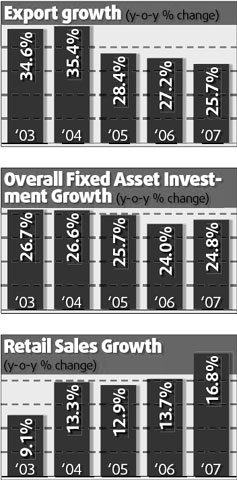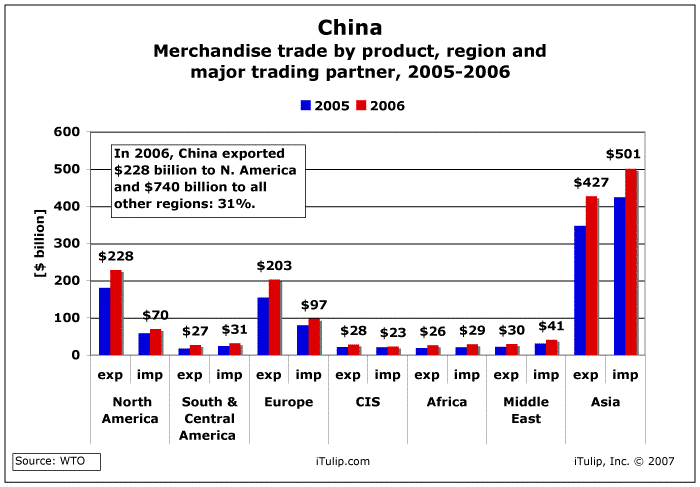Re: Door Number Two
+++ Quote:
THIS IS JUST ABSOLUTELY WRONG - WRONG AND WRONG AGAIN - PLEASE DO THE MATH. GOLD HAS INCREASED BY ABOUT 30% IN EURO AND SWISS FRANC TERMS.
+++ Quote:
If you have traveled must for the past few years then you cannot fail to see what's happening. Go to Europe. Go to Asia. Go to Mexico. Go anywhere. Gold is not rising, gold is priced in dollars and the dollar is falling.





Comment